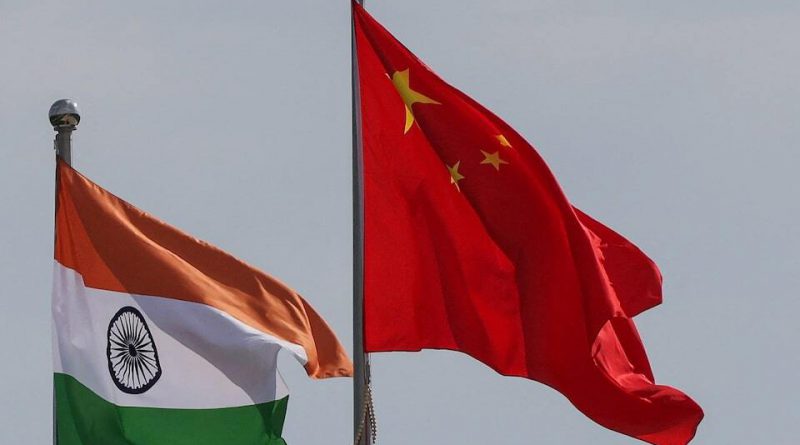China and India Strengthen Diplomatic Dialogue to Enhance Border Stability
Beijing – China and India have reaffirmed their commitment to peace and cooperation through active communication on border management and regional stability.
In a recent meeting between military officials from both nations, the two sides emphasized the importance of maintaining open dialogue and using existing mechanisms to address any issues that arise along their shared frontier.
This renewed engagement highlights both countries’ growing intent to strengthen trust and prevent future misunderstandings.
The discussions mark another step forward in efforts to maintain stability along the Himalayan border, which has seen progress since the signing of a key agreement in 2024 aimed at easing tensions.
The pact followed the 2020 incident that resulted in tragic casualties on both sides, prompting leaders to seek lasting diplomatic and military solutions.
Since then, India and China have worked consistently to rebuild mutual confidence and create a framework for cooperation that benefits their broader bilateral relationship.
Both nations agreed to continue their engagement through diplomatic and defense channels, ensuring that dialogue remains the primary path for conflict prevention.
Officials stressed that sustained communication between military commanders and foreign ministries will help preserve calm and reduce the risk of escalation in sensitive regions.
The focus is on promoting transparency and predictability in military activities along the border to reinforce stability and trust.
The progress in communication between New Delhi and Beijing has been accompanied by growing economic and cultural exchanges.
Direct flights between the two countries have resumed, and both sides have encouraged increased trade and investment flows.
These developments demonstrate a shared understanding that peace and prosperity are interconnected, and that collaboration in trade, infrastructure, and technology can strengthen the foundation of their partnership.
The Chinese Ministry of Defense noted that the recent round of talks, held at a designated meeting point along the border, reflected both countries’ desire to build on the momentum of the past year’s achievements.
Representatives from India echoed this sentiment, reaffirming their commitment to resolving any “ground issues” through established diplomatic frameworks rather than confrontation.
Indian Prime Minister Narendra Modi’s visit to China in August for the Shanghai Cooperation Organisation summit further reinforced this spirit of cooperation.
During his meeting with President Xi Jinping, both leaders emphasized that India and China are partners in development, not competitors, and discussed strategies to deepen trade relations and foster regional connectivity.
The meeting was seen as a symbol of optimism, setting a positive tone for future dialogue between the two Asian powers.
By framing their relationship around mutual growth rather than rivalry, India and China are signaling to the global community that collaboration can coexist with competition in a complex geopolitical landscape.
Their commitment to resolving disputes through peaceful dialogue and multilateral engagement reflects a maturing approach to diplomacy that prioritizes long-term stability over short-term gains.
The two nations share one of the longest and most strategically significant borders in the world, and their ability to maintain peace along it holds global implications.
The continuation of structured military and diplomatic conversations will not only reduce tensions but also create opportunities for joint initiatives in areas like climate cooperation, regional trade, and connectivity under the framework of organizations such as the SCO.
As both countries move forward, their growing emphasis on diplomacy and development sets a positive example for the region.
The sustained efforts to manage their border relations peacefully demonstrate that constructive engagement and shared interests can overcome even the most complex historical challenges.



